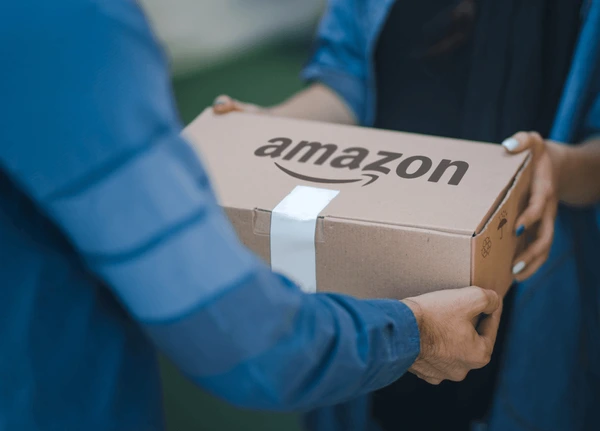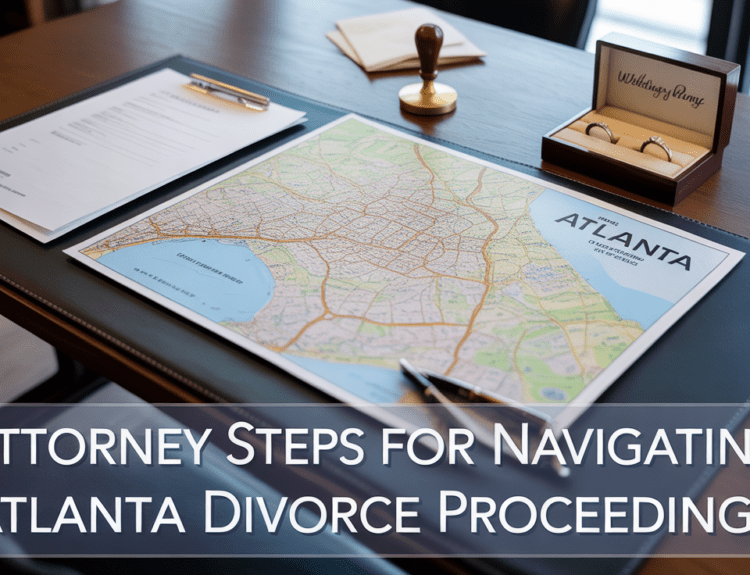Amazon has become a household staple. With one click, groceries, gadgets, or household essentials can arrive at your door within hours. But behind the convenience lies a growing safety issue—Amazon delivery accidents are on the rise across the United States.
With delivery vans crowding neighborhoods and highways, accidents involving Amazon drivers are no longer rare. Whether you’re in a large metropolitan hub like Austin, Texas, or navigating snowy Denver streets, the risks are higher than most consumers realize.
Contents
Why Amazon Delivery Accidents Are Different
Traditional carriers like UPS or FedEx directly employ their drivers. Rather than hiring all its delivery drivers as internal employees, Amazon contracts with independent Delivery Service Partner (DSP) companies that hire and manage their own driver workforce. While Amazon asserts the drivers are not its direct employees, some labor regulators have begun to treat Amazon and DSPs as joint employers under certain legal frameworks.
While these drivers wear Amazon uniforms and operate Amazon-branded vans, they technically don’t work for Amazon. This arrangement allows Amazon to argue it’s not legally responsible when delivery accidents by these drivers happen.
But here’s the catch: Amazon still controls critical parts of the process. From driver routes to delivery quotas, its systems pressure drivers to meet demanding schedules. That pressure can lead to:
- Speeding and reckless driving to meet quotas.
- Distracted driving from handheld scanners and navigation devices.
- Driver fatigue, with reports of skipped breaks and long hours.
This structure creates legal gray areas when accidents occur, leaving victims in complicated situations about who should be held accountable.
Common Causes of Amazon Delivery Crashes
While every case is unique, patterns have emerged in delivery accident claims:
- Driver Fatigue: With delivery quotas in the hundreds per shift, exhaustion plays a major role.
- Improper Training: DSPs may not follow the same safety standards as national carriers.
- Poor Vehicle Maintenance: Vans are often kept on the road for long hours with minimal downtime.
- Hazardous Road Conditions: Cities like Denver, where winter storms create icy roads, see higher accident risks.
- Urban Traffic Congestion: In Austin, Texas, where population growth has skyrocketed, crowded streets increase the likelihood of collisions.
According to a CBS News analysis, Amazon’s contracted carriers have nearly double the violation rates of non-Amazon trucking companies, including speeding and distracted driving offenses.
What Victims Should Know
If you’re injured in an accident with an Amazon delivery vehicle, understanding your legal rights is crucial. Unlike traditional accidents, liability isn’t always straightforward. Victims often find themselves dealing with:
- The DSP’s insurance company, which may have minimal coverage.
- Amazon’s legal team, which argues it isn’t directly liable.
- Medical bills and lost wages that can quickly pile up.
That’s why speaking with an attorney who understands Amazon’s unique structure is critical. For example, an Austin, Texas Amazon delivery accident attorney can help Texas victims determine whether Amazon itself—or its contractors—should be held responsible. Similarly, in colder regions, a Denver, Colorado Amazon delivery accident lawyer can evaluate whether hazardous road conditions combined with company pressure contributed to the crash.
The Bigger Legal Picture
Accidents involving Amazon delivery drivers raise larger questions about corporate accountability. Should Amazon’s level of control over deliveries make it legally responsible? Some courts are beginning to challenge Amazon’s stance, but outcomes vary depending on the jurisdiction.
This uncertainty makes each case highly fact-specific. Victims must gather strong evidence, including:
- Police reports and crash reconstructions.
- Witness statements.
- Amazon delivery data, if available.
Without this, insurance companies may push quick settlements that fail to cover long-term medical and financial costs.
Prevention and Consumer Awareness
While legal remedies are essential after an accident, prevention is just as important. Experts recommend:
- Cities holding delivery companies to stricter safety standards.
- Transparency in Amazon’s contractor system to ensure accountability.
- Consumers stay vigilant around delivery vans, particularly during peak hours.
For broader insight into delivery safety issues, the National Highway Traffic Safety Administration (NHTSA) provides ongoing data on truck and van-related collisions nationwide.
Final Thoughts
Amazon’s delivery network has reshaped commerce, but it has also reshaped our roads, and not always for the better. Victims of these accidents face complex challenges in securing fair compensation.
The law is still catching up with Amazon’s business model, but one thing remains clear: those injured in delivery accidents shouldn’t navigate these challenges alone. Attorneys who understand Amazon’s contracting system can level the playing field, whether the crash happens in Austin, Denver, or any city across the U.S.




